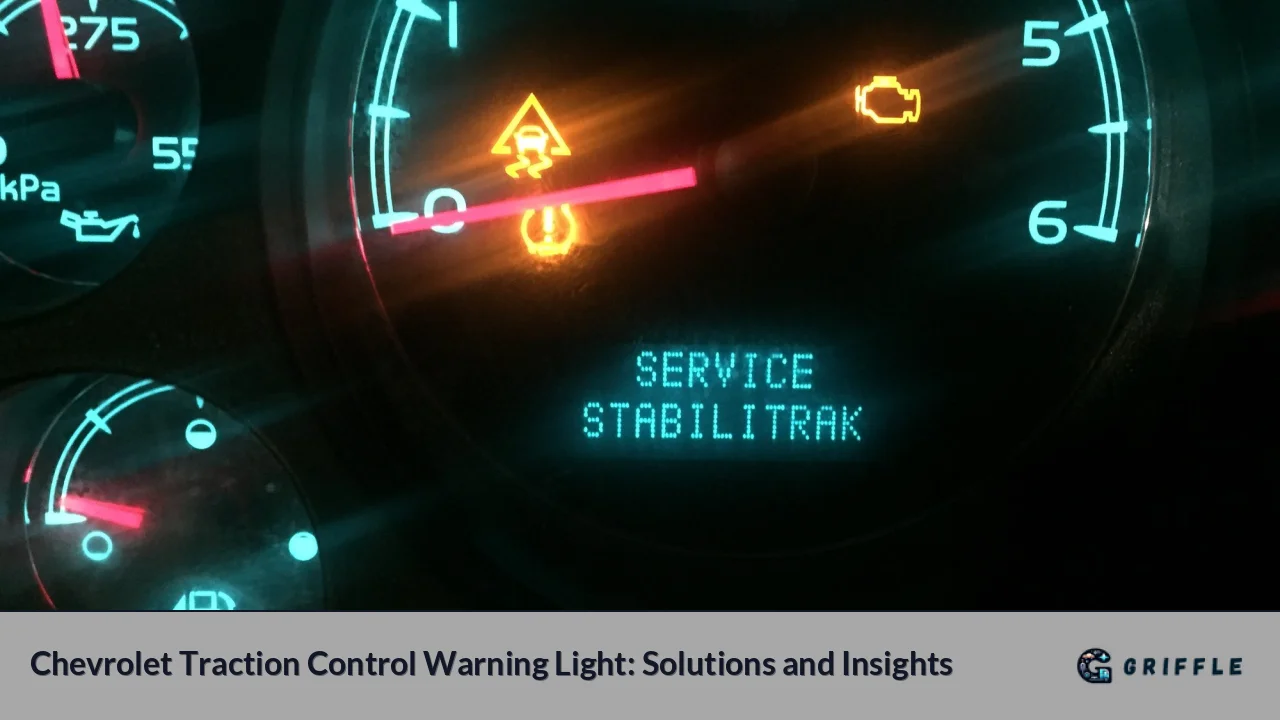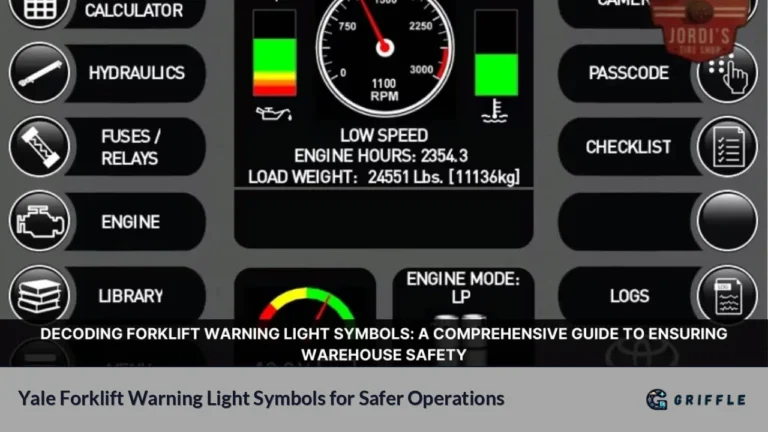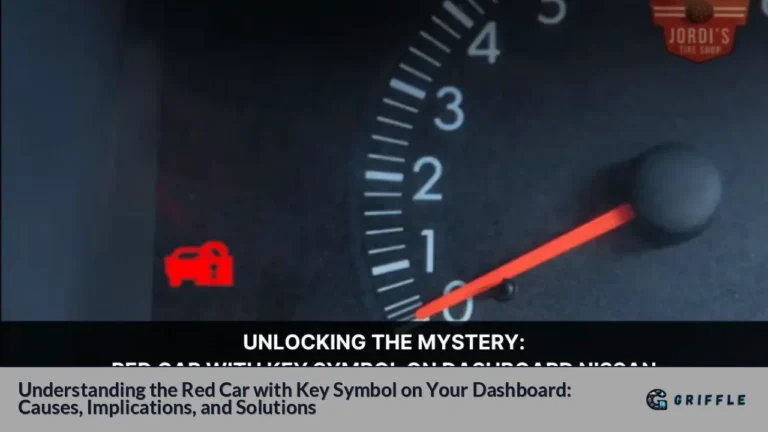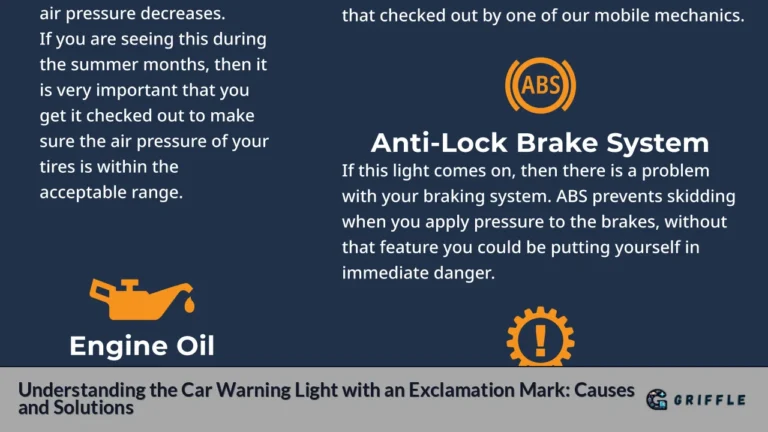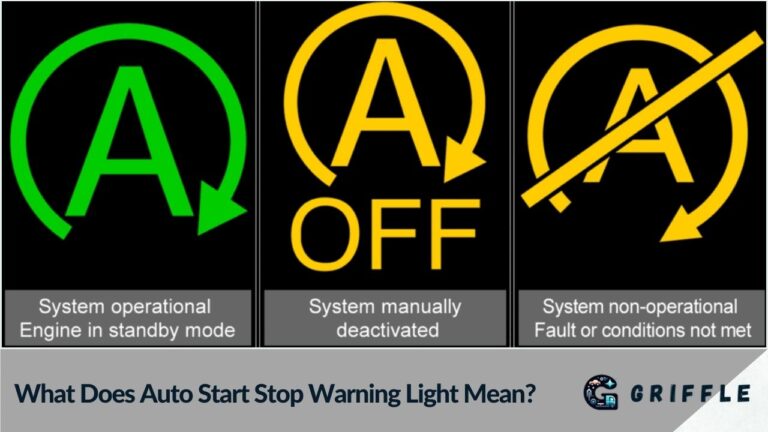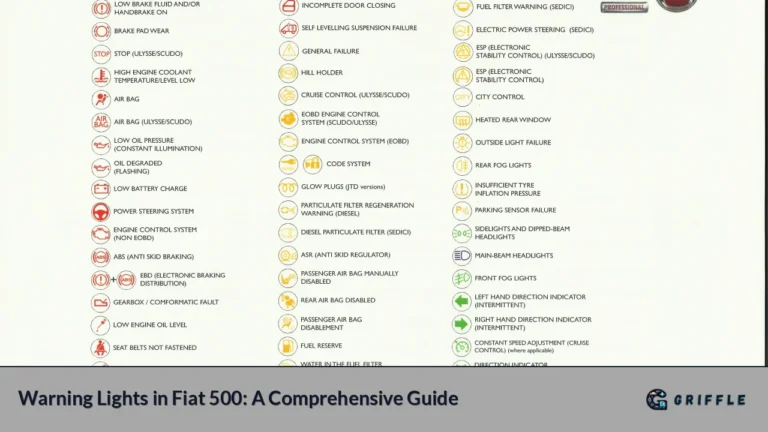The Chevrolet Traction Control (TC) warning light is an important indicator on the dashboard of your vehicle, alerting you to potential issues with the traction control system. This article aims to provide a comprehensive overview of the TC warning light, its implications for vehicle performance, common causes for its illumination, and effective solutions to address these issues.
Traction control systems are designed to enhance vehicle stability and safety by preventing wheel slip during acceleration. When the TC light illuminates, it can signify either normal operation or a malfunction within the system. Understanding what this light means and how to respond is crucial for maintaining vehicle safety and performance.
What is Traction Control?
Traction control is a safety feature in modern vehicles that helps prevent wheel spin during acceleration, particularly on slippery surfaces such as ice or wet roads. It works in conjunction with the anti-lock braking system (ABS) by applying brakes to individual wheels that are slipping, redistributing power to wheels with better traction.
How Traction Control Works
- Sensors: The system uses wheel speed sensors to monitor each wheel's rotation.
- Control Module: If a wheel starts spinning faster than others (indicating a loss of traction), the control module activates.
- Braking Action: The system applies brakes to the slipping wheel or reduces engine power, helping maintain stability.
The effectiveness of traction control is especially noticeable in adverse weather conditions, where it can significantly enhance safety.
Understanding the TC Warning Light
The TC warning light typically appears as an icon resembling a car with squiggly lines beneath it or simply as "TC" on the dashboard display.
Normal vs. Malfunction Indication
- Flashing Light: Indicates that the traction control system is actively working to maintain traction during slippery conditions.
- Steady Light: Suggests that there is a malfunction in the system, which requires attention.
When illuminated continuously while driving under normal conditions, it signals a need for diagnostic evaluation.
Common Causes of TC Light Activation
Several factors can trigger the activation of the TC warning light:
- Sensor Issues: Faulty wheel speed sensors are among the most common causes for the TC light activation.
- Control Module Problems: Malfunctions in the traction control module or related electronic components can lead to system failures.
- Wiring Issues: Damaged or corroded wiring can disrupt communication between sensors and control modules.
- Hydraulic Control Unit Failures: Problems within this unit can affect how braking force is distributed among wheels.
- Low Brake Fluid Levels: Insufficient brake fluid can compromise braking performance, triggering warning lights.
- Tire Issues: Mismatched tire sizes or low tire pressure can cause discrepancies in wheel speed readings.
These issues can not only activate the TC light but also impair overall vehicle safety and performance.
Diagnosing TC Light Issues
When faced with an illuminated TC warning light, it's essential to diagnose the underlying problem accurately:
- Check for Diagnostic Trouble Codes (DTCs): Use an OBD-II scanner to retrieve any stored codes that may indicate specific failures within the traction control system.
- Inspect Wheel Speed Sensors: Examine each sensor for damage or debris that could affect their functionality.
- Examine Wiring and Connectors: Look for signs of wear or corrosion in wiring leading to sensors and modules.
- Assess Brake Fluid Levels: Ensure that brake fluid levels are adequate and that there are no leaks in the braking system.
- Tire Inspection: Verify that all tires are properly inflated and matched in size.
By following these diagnostic steps, you can pinpoint potential issues before they escalate into more significant problems.
Solutions and Repairs
Once you've identified possible causes for the illuminated TC light, consider these solutions:
- Replace Faulty Sensors: If wheel speed sensors are malfunctioning, replacing them will typically resolve related issues.
- Repair Wiring Issues: Address any damaged wiring or connectors by repairing or replacing them as necessary.
- Flush Brake Fluid System: If low fluid levels or contamination are detected, flushing and refilling the brake fluid system may be required.
- Check Tire Pressure and Size: Ensure all tires are inflated correctly and are of uniform size; replace any mismatched tires if necessary.
- Professional Diagnosis: If you're unable to resolve the issue yourself, consult a certified mechanic for a thorough inspection and repair.
Taking prompt action when faced with a TC warning light not only ensures your safety but also prolongs your vehicle's lifespan by preventing further damage.
Conclusion
The Chevrolet Traction Control warning light serves as an essential indicator of your vehicle's stability systems' health. Understanding its implications allows drivers to take timely action, ensuring both their safety and optimal vehicle performance. Regular maintenance checks and prompt responses to warning lights will help keep your Chevrolet running smoothly in all conditions.
FAQs
- What does it mean if my TC light is flashing?
A flashing TC light indicates that your traction control system is actively working to prevent wheel slip. - Can I drive with the traction control light on?
While you can technically drive with it on, it's advisable to have it checked as it may indicate a malfunction. - How do I reset my traction control light?
You can reset it by turning off your engine and restarting it; however, this may not fix underlying issues. - What should I do if my TC light stays on?
If it remains illuminated without flashing during normal driving conditions, have your vehicle inspected by a professional. - Is traction control necessary?
Yes, it's crucial for maintaining vehicle stability in slippery conditions; always keep it activated unless driving on loose surfaces.
